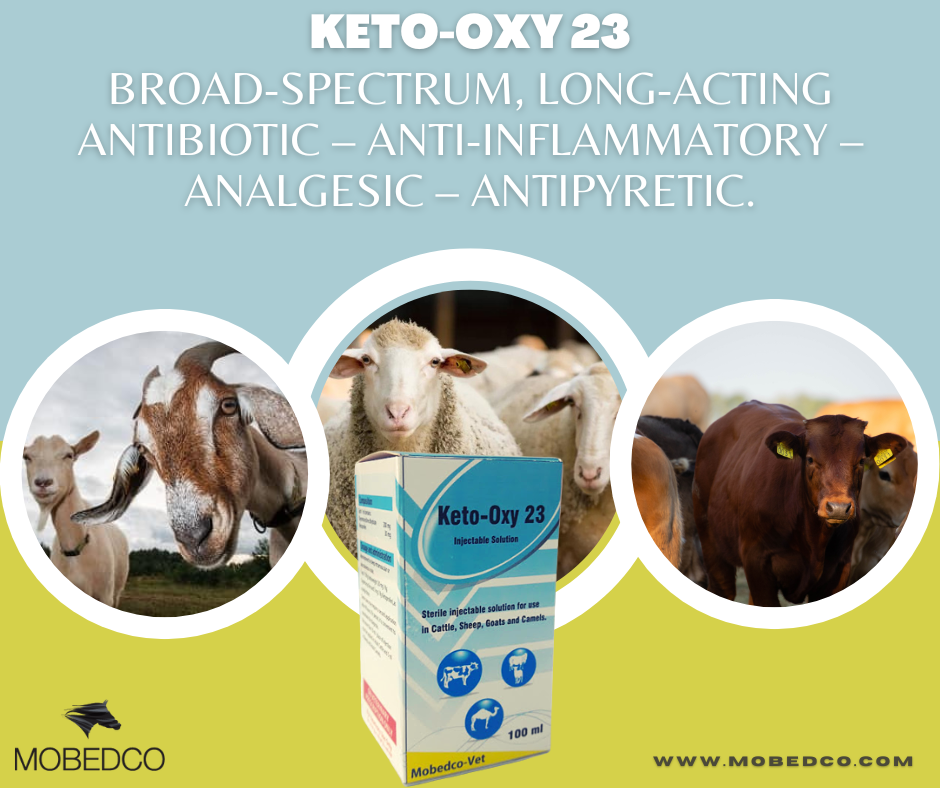Shipping fever

#Shipping_Fever, also called bovine respiratory disease complex or pneumonic pasteurellosis, is an important respiratory disease of cattle that appears in animals from six months of age, usually after suffering stress caused by transportation, which may include mixing and grouping with other batches of animals of the same age during transportation, in the market and arrival at the finishing farm (Caswell, 2006; Kasimanickam, 2010). As a result of this stress, certain opportunistic bacteria take advantage of the momentary decrease in the defenses to multiply and produce infection; among these bacteria are Mannhemia haemolytica and Pasteurella multocida as the most important (Andrews, 2004; Rice et al, 2007; Gasque, 2008).
Most cases of Shipping Fever occur in the first 30 days of entrance to the fattening farm and most cases are seen at least 10 days after arrival (Kasimanickam, 2010). Shipping Fever is clinically characterized by an acute exudative bronchopneumonia with toxemia and quite fast breathing, moderate to severe pyrexia and anorexia, and a large amount of exudate (Quiroz, 2007; Gasque, 2008). The morbidity of #pneumonic_pasteurellosis varies between 5% and 10% and in some cases it can produce 1% mortality of the susceptible population (Andrews, 2004). It is so that this disease causes great economic losses through the reduction of daily weight gain, food efficiency, and overall performance of meat calves, disregarding the cost generated by the treatment for the affected animals (Caswell, 2006; Kasimanickam, 2010).
The diagnosis of this disease is given based on the clinical signs mentioned above, characteristic of this disease, and generally based on responses to treatment; however, in case there are deaths, a necropsy of the animal should be made and lung tissue samples must be sent to the laboratory for isolation of Mannhemia haemolytica and Pasteurella multocida (Quiroz, 2007; Kasimanickam, 2010). Early recognition and proper treatment application significantly improve final performance. It is so that the application of a general-purpose antimicrobial is recommended (tetracyclines, cephalosporins, or quinolones), and the addition of a nonsteroid antiinflammatory to speed up the recovery of the animal (Andrews, 2004; Quiroz, 2007; Gasque, 2008; Kasimanickam, 2010)
Oxytetracycline is an antibiotic belonging to the tetracycline family and has bacteriostatic action on numerous Gram-positive and Gram-negative microorganisms responsible for respiratory infections, among others, and has shown great effectiveness in cases of Shipping Fever. It acts by altering protein synthesis by inhibiting the metabolism of glutamic acid, slowing the development and growth of the microorganism, but it can have a bactericidal effect when reaching high concentrations in tissues (Prescott and Baggot, 1993; Sumano and Ocampo, 2006).
Oxytetracycline is absorbed in a perfect way when applied in an intramuscular injection and plasma can be detected in 15 minutes, reaching its highest level in one hour and maintaining therapeutic figures for a maximum of 12 hours. Its distribution is homogeneous throughout the body, but mainly in the liver, spleen, and lungs; therefore, it is highly effective in pneumonic pasteurellosis problems. Its distribution enables it to reach fetal circulation with a concentration of approximately 50% of the concentration in maternal blood (Sumano and Ocampo, 2006). Tetracyclines generally are excreted via kidneys, where they can recover up to 80% of the applied dose without modifications, and via the gastrointestinal tract when entering the enterohepatic circulation (Ghizlane, 2006)
Ketoprofen is an antipyretic analgesic, a nonsteroidal anti-inflammatory belonging to the family of organic acids, and derived from propinionic acid. It acts by inhibiting cyclooxygenase of the arachidonic acid metabolism, leading to a decreasing production of prostaglandins. Inhibits both cyclooxygenase 1 (COX1) and cyclooxygenase 2 (COX2), with some variation of degree between species, preventing the formation of prostaglandins and inflammation they cause. Its antipyretic properties are based on the reduction of prostaglandin levels in the hypothalamus. Ketoprofen also disrupts the function of certain mediators of inflammation, such as bradykinin, thus preventing its effect on peripheral nerve endings (TUSPC, 2004)
As can be observed, both mentioned drugs: oxytetracycline as antimicrobial and ketoprofen as antipyretic analgesic and anti-inflammatory are ideal for the treatment of Shipping Fever because of their individual properties. In previous tests the combination of both active substances keto oxy 23 L.A. in 100 bovines diagnosed with pneumonia, with excellent results. In this experiment the recovery of 100% of the animals was observed within the first 48 hours of drug application, showing most animals a rapid recovery of febrile and infectious condition, without any kind of adverse reactions.
Currently large number of veterinary laboratories provide a great deal of options and presentations for treatment using these drugs; however, for practical reasons and to decrease stress, the ideal would be to administer both compounds together in a single injection.









